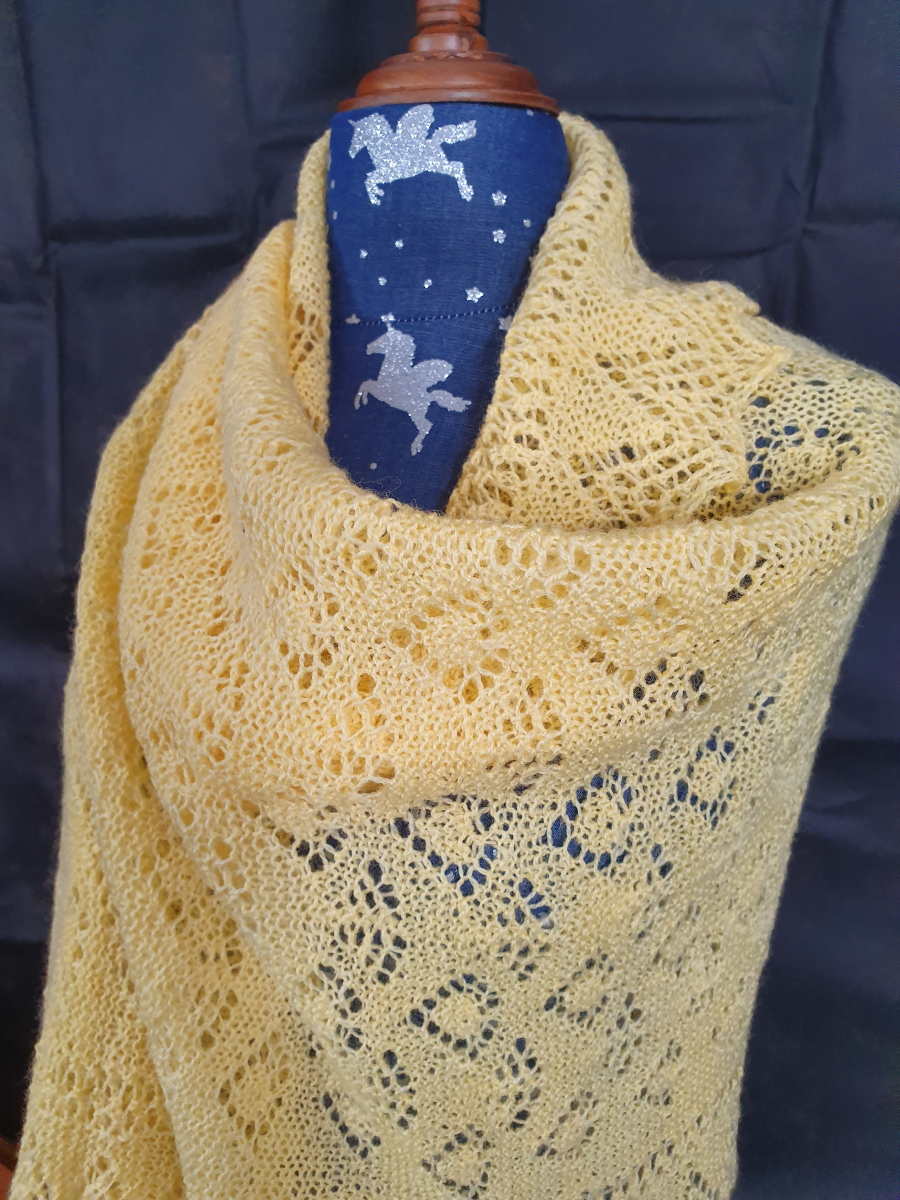Knitting Tension
Quick Links
- Archived - Ask a Knitting Question
- Basic Knitting Stitches
- Beginner Knitting Patterns
- Knitting Abbreviations
- Needle Sizes Chart
- Tension Squares
- Yarn Comparison Chart
FYI: This site receives a small amount in commissions from affiliate links and third-party advertising.
As a beginner you will come across the phrase knitting tension but you might not know what that phrase means or why it is so important. Getting your tension correct is vital if you want your project to end up being the right size and shape.
Basically the phrase is all about how big (or small) your stitches are for a given yarn weight and needle size. Some of us are tight knitters (like me) and some will naturally form stitches that are looser. There is no right or wrong, but you need to know what your tension is so that you can match the tension for any pattern you want to knit.
Designers tend to use the standard or normal tension for their patterns and to specify the yarn or wool you should use and which needles to complete the project. If your tension does not match that standard or normal tension your knitted pieces will be a different length and width than the pattern intends. It is likely that all of your pieces will be in proportion - i.e., they will all be too big or too small - and they will fit together as the designer intended but the sizing of your end product will not match the size given in the pattern.
Knitting Tension in Knitting Patterns

All commercial patterns and pretty much all commerical wools will have a specified tension printed within the pattern or on the label, and all of them have a warning (like the one in the image to the right) that using a different yarn and not matching the stated tension may result in unpredictable and probably undesirable results.
Let's look at the example in the image. For that particular pattern (one of my favourites actually) the specified tension on 3.00mm needles is 32 sts and 40 rows to 10 cm. If you are lucky enough to have a natural tension that matches this, you are good to go but what if your tension doesn't match?
Let's say your stitches are looser and the number of stitches for each 10cm of knitting is less than 32. If you don't make adjustments (change to smaller needles) your finished item will be much wider than it should be. As most pattern use measurements for length rather than specifying the number of rows, your finished article will be the right length (almost) but too wide.
If your natural tension is tighter so you have more than 32 sts per 10 cm your finished article will be too narrow.
So as a beginner, until your knitting tension has become predictable and fairly stable (and that can only be acheived through more practice...) you really do need to check that your tension matches the tension specified in the pattern.
Knitting a Tension Square
Knitting a tension square is not hard and can be done quite easily and quickly. Most experienced knitters do not bother unless they are trying out a new yarn that they are unfamilar with but if you are a beginner, do take the time to knit one. It will save you quite a bit of heart ache later!
Back to the top of Knitting Tension
Go Back to Knitting Basics
Couldn't Find What You Were Looking for?
Try searching the site using the search box below:


Recent Articles
-
Shetland Knitting and Shetland Knitters
Feb 07, 21 07:44 AM
Shetland knitting and the women in the Shetland Isle who create Shetland lace are among the best knitters in the world. -
Fixing Knitting Mistakes
Jan 28, 21 02:35 AM
When you are learning how to knit, you are going to make a few mistakes. It might not make you happy but fixing knitting mistakes is par for the course. -
Shetland Lace Knitting
Dec 11, 19 07:03 PM
Shetland Lace Knitting is a particular style of knitting that developed in the Shetland Islands and was one of the main exports of the Island early in the last century.
 >
>



